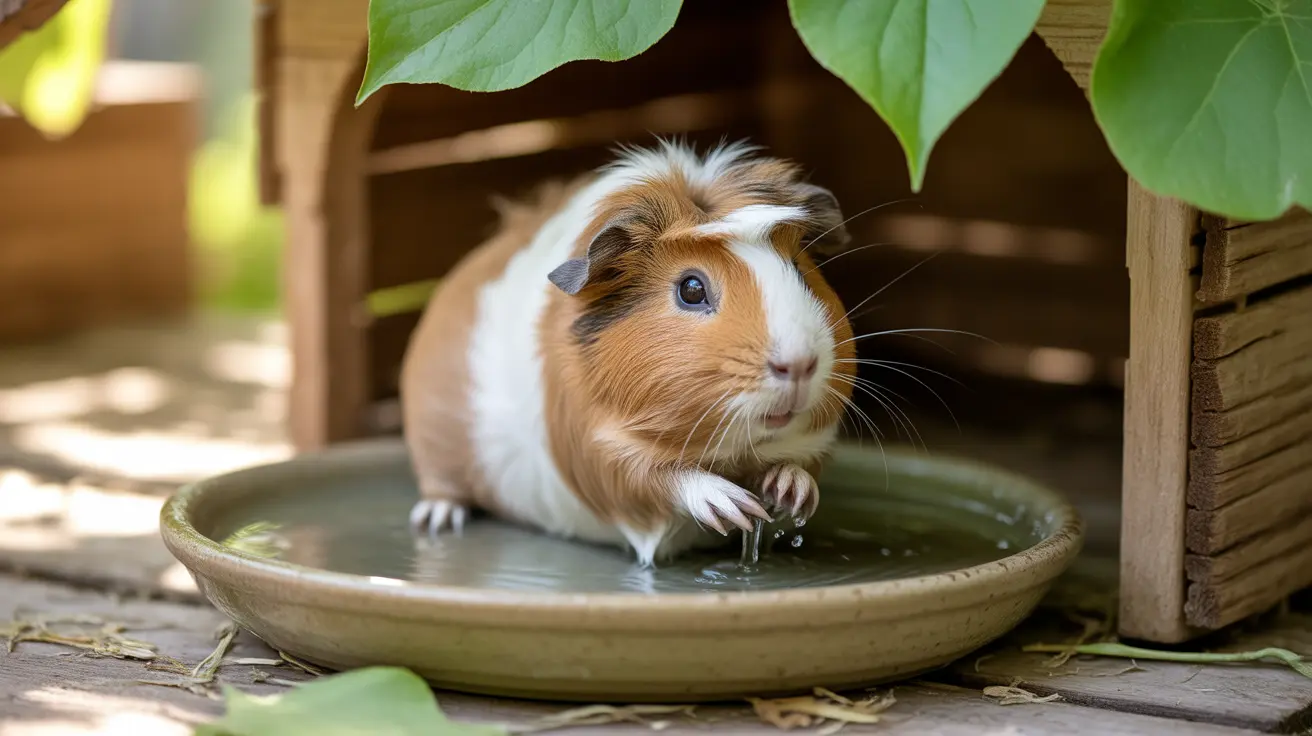Fruits That Are Toxic to Dogs: What Pet Owners Should Know
Fruits can be a healthy and tasty treat for dogs when offered in moderation and with proper preparation. However, not all fruits are safe for canine consumption, and some can be downright harmful. In this guide, we’ll explore which fruits are toxic to dogs, the symptoms of fruit-related toxicity, and how to safely introduce fruit into your dog's diet.
Fruits That Are Toxic to Dogs
Several fruits are known to be toxic to dogs. These fruits can cause a range of symptoms from mild digestive upset to severe organ damage or neurological symptoms. The most dangerous fruits include:
- Grapes and Raisins: These can cause sudden kidney failure in dogs, even in small quantities. Symptoms include vomiting, lethargy, and decreased appetite.
- Cherries: The pits, stems, and leaves contain cyanogenic compounds, which can lead to cyanide poisoning. Ingestion may result in difficulty breathing, red gums, and dilated pupils.
While these are the most notably toxic, it’s essential to be aware of other fruits that can be harmful in certain forms or quantities.
Figs: Safe with Caution
Fresh figs are generally safe for dogs when offered in small amounts. They are rich in fiber, vitamins A and C, iron, calcium, and magnesium. Small portions can support your dog’s digestion and bone health. However, due to their high fiber content, excessive consumption may lead to diarrhea or abdominal discomfort.
The fig plant itself—particularly leaves, stems, and bark—is toxic to dogs. These parts contain compounds like ficin and oxalic acid, which can cause drooling, vomiting, and skin irritation.
Unsafe Fig Products
- Dried figs: Concentrated sugars can lead to digestive upset and are not recommended.
- Fig cookies or processed treats: Often include added sugar, spices, and preservatives that are not dog-safe.
Signs of Toxicity in Dogs
If your dog eats a toxic fruit or an unsafe part of a fruit, watch for these symptoms:
- Vomiting or diarrhea
- Lethargy
- Excessive drooling
- Skin rashes or irritation
- Decreased appetite or abdominal pain
In severe reactions—particularly following ingestion of grapes, raisins, or plant parts—seek veterinary care immediately.
How to Safely Feed Fruits to Dogs
- Start small: Offer a tiny portion and observe your dog’s reaction.
- Clean and prepare: Remove skins, seeds, and pits. Wash thoroughly to eliminate pesticides.
- Serve plain: Avoid added sugars, syrups, or processed products.
- Supervised feeding: Always monitor your dog, especially when introducing new foods.
Other Safe Fruits for Dogs
While not all dogs will tolerate every fruit, the following are safe for most when prepared properly and served in moderation:
- Blueberries
- Apples (seedless)
- Oranges
- Bananas
- Mangos
- Strawberries
- Kiwis
- Cantaloupe
- Plums (pit removed)
- Peaches (pit removed)
- Watermelon (seedless)
- Pumpkin
Portion Guidelines for Figs
If choosing to feed your dog fresh fig as an occasional treat, follow these portion suggestions based on your dog’s size:
- Extra-small (2–20 lbs): less than half a fig per week
- Medium (41–60 lbs): up to two figs per week
- Extra-large (91+ lbs): up to three figs per week
Precautions Before Introducing Fruits
Some dogs, such as diabetic dogs or those with sensitive digestion, may react poorly even to safe fruits. Always consult your veterinarian before introducing new foods, especially if your dog has known medical conditions.
Final Thoughts
While many fruits offer nutritional benefits, some—like grapes, raisins, and cherries—can be toxic to dogs. Others, like figs, must be served correctly in small doses to prevent unpleasant side effects. By understanding which fruits are safe and how to introduce them responsibly, you can add variety to your pup’s diet without compromising their health.
Always keep potentially toxic fruits and plants out of your dog’s reach, and contact your vet immediately if adverse reactions occur.





